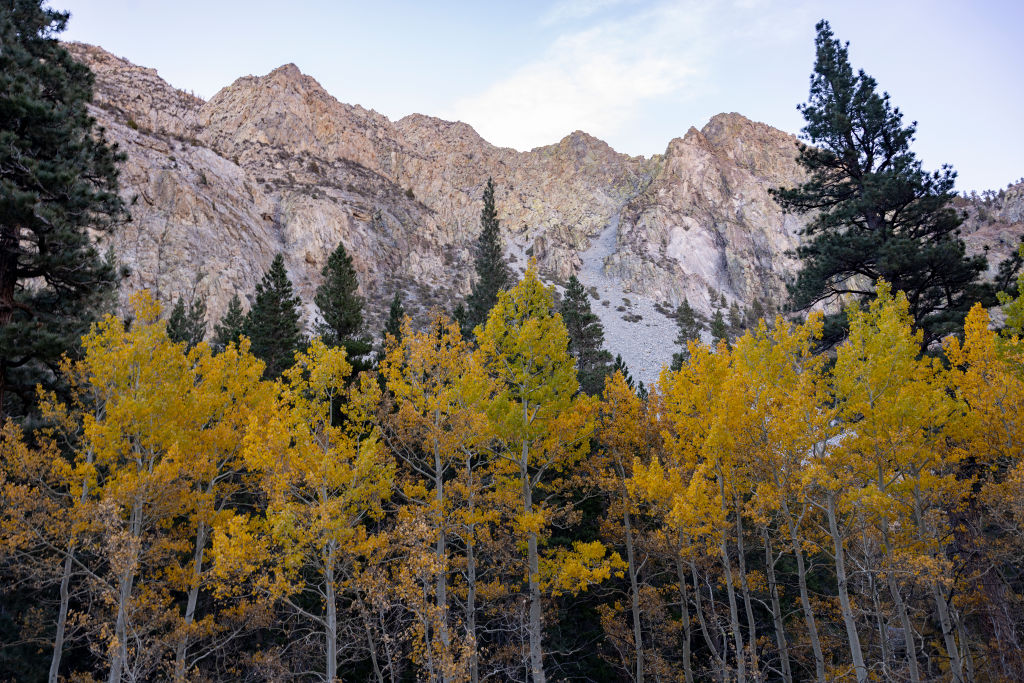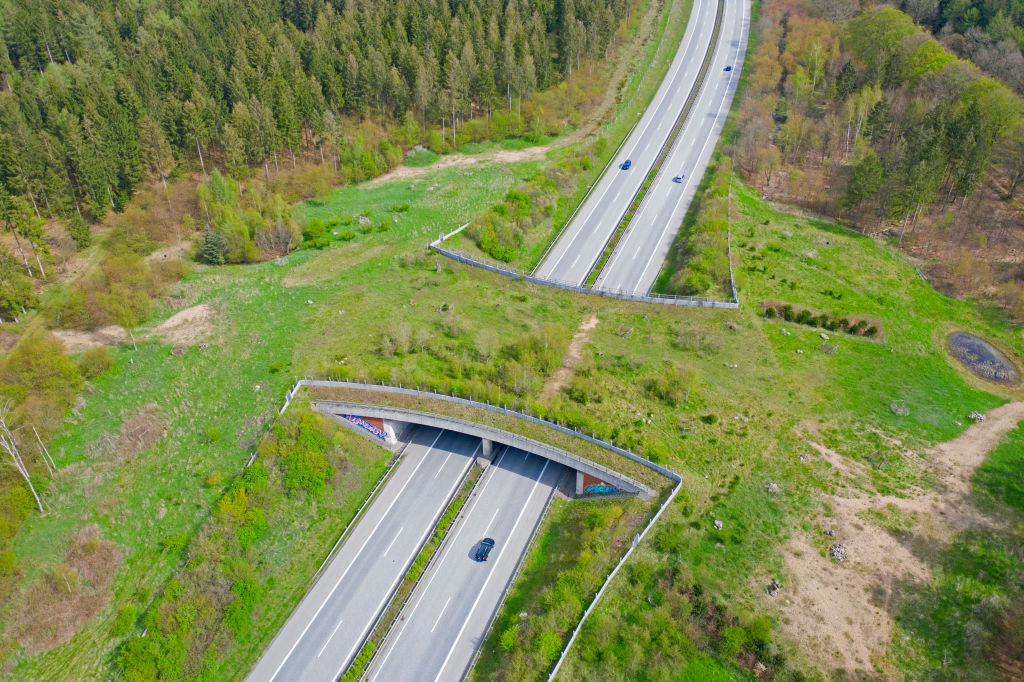
When we talk about climate migration, we don’t normally picture a seed blowing uphill in the wind, or landing in a cooler place among a pile of fox poop. Yet just like humans, plants around the world are being forced to find new homes because of shifting climate conditions in their original habitats. The problem is, according to two new studies, they don’t always make it where they need to go.
The sheer speed of temperature increases in the climate crisis era, combined with the fragmentation of landscapes by human activity, is making it harder for trees and other plants to follow their preferred climate conditions. These changes are disrupting a millenia-old process of plant migration, and it could pose a major challenge to global efforts to protect wildlife and reforest land to fight climate change.
Though we tend to think of plants as static, many of them have always had to move to survive. A study published Feb. 6 by researchers at the Georgia Institute of Technology found that 75% of the dominant plant groups in North America, including trees like pines and oaks, have migrated across the region over the last 18,000 years to track the movement of their ideal growing conditions.
That plant migration will be harder to pull off over the coming decades, according to Jenny McGuire, a climate scientist at Georgia Tech and a co-author of the study. “There’s so many barriers and filters to plant movement now. That could prevent them from shifting in some places,” she says. Road systems, for example, interrupt the movement of vegetation across forests, while monoculture farms strip nutrients out of soils and block the growth of plants that aren’t crops.
Those obstacles will be more of a problem for some ecosystems than others. Plant species living in northern parts of the U.S., including the northern Great Plains region, tend to be particularly climate-sensitive, McGuire says, while plants living on the East Coast are most affected by human barriers. She points to northern Appalachia and the northern Midwest as the places where plants both urgently need to migrate and are very likely to be blocked by human barriers.
A mountain refuge?
Temperatures may also be going up too fast for plants to keep up. That’s one conclusion of a study of mountainous areas published Feb. 15 by scientists at Brown University in the journal PLOS Climate.
Many conservationists hope that mountain ranges will provide a refuge for plants in a climate changing world. To understand why, think about how quickly the temperature can change when you move a few hundred feet uphill. In a flat, low-lying area, you might have to walk a hundred miles north to get the same decrease in temperature. That means in mountainous areas, seeds should have to travel a much smaller distance—on the wind or hitching a ride on an animal—to land in a temperature-appropriate place.
“The idea is that maybe they’ll be saved by that, by just moving uphill. What our study shows though, is that, at least in three of the five cases, that’s not what’s happened,” says James Kellner, associate professor of ecology at Brown University. Kellner and his colleagues analyzed satellite imagery of five U.S. mountain ranges—sections of the Rockies in Colorado and Wyoming, sections of the Great Basin Ranges in Utah and New Mexico, and parts of the Sierra Madre— from 1984 to 2011 to see how plant cover shifted as temperatures rose. (The average global temperature rose by 0.25°C between those years, and has since risen a further 0.37°C, with the acceleration set to continue.)

As the mountain ranges warmed over the 27 years, all of them grew more vegetation at their highest elevations—as did four other regions researchers looked at in Canada and Mexico too. On average, plant cover expanded uphill at a rate of 220 ft. per decade.
But in the Colorado and Wyoming Rockies and the Utah Great Basin Ranges, plant cover didn’t expand uphill as fast as hospitable temperature zones did. Scientists don’t know why: it could be because other growth factors, like precipitation, may make the uphill region less ideal. Whatever the reason, it means plants on those mountains that haven’t been able to expand uphill are now having to cope with hotter temperatures lower down, Kellner says. In the long run, that could squeeze the viable habitat of certain species.
Opening plant migration routes
Because trees and other plants absorb carbon dioxide, protecting them is essential to the fight to limit atmospheric carbon levels. And if we want plants to survive shifts that are already happening in their habitats, we’ll have to give them some help.

That could be as simple as building plant migration routes. The 2021 infrastructure bill included $350 million for the construction of wildlife crossings and bridges—like the ones California is increasingly building over highways. They will allow the animals that disperse seeds to cross from one fragment of habitat to another. Rewilding land along rivers is also key, since many plants naturally disperse their seeds along waterways. Authorities could also encourage agricultural landowners to leave greenways between fields so that plants have space to grow and gradually drop their seeds further and further north or upland. The western U.S., which is less densely-populated, has more of this “climate connectivity” than other regions, McGuire says.
But conservationists also need to do better at factoring the potential need for future plant migration into all of their work, McGuire says. When we want to revive a degraded forest or grassland, we need to think about which species will survive there 30 years from now—and not just about preserving the past. “In traditional conservation practices, like in Yellowstone [National Park], we’ve tried to restore everything back to what it was in 1900 or something,” McGuire says. “We need to be much more dynamic.”
More Must-Reads from TIME
- Where Trump 2.0 Will Differ From 1.0
- How Elon Musk Became a Kingmaker
- The Power—And Limits—of Peer Support
- The 100 Must-Read Books of 2024
- Column: If Optimism Feels Ridiculous Now, Try Hope
- The Future of Climate Action Is Trade Policy
- FX’s Say Nothing Is the Must-Watch Political Thriller of 2024
- Merle Bombardieri Is Helping People Make the Baby Decision
Write to Ciara Nugent at [email protected]